O-rings, as widely used sealing components, play a crucial role in various industries. During production, the feeding and handling of O-rings are critical steps. Flexible automated feeding systems have emerged as an innovative solution to address many challenges associated with traditional feeding methods.
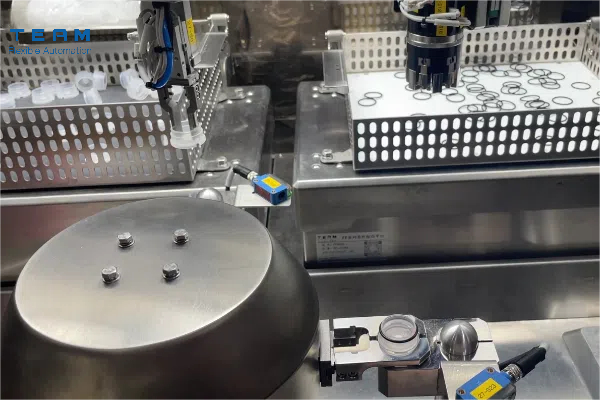
1. Composition of Flexible O-Ring Feeding Automation Equipment
1) Hopper and Flexible Feeder
O-rings are first dispensed from a hopper, then gently vibrated into the desired position by adjusting amplitude and frequency. Customizable feeder surfaces can further enhance the success rate of achieving the ideal O-ring orientation.
2) Vision Inspection System
A high-precision sensor-based vision system detects the orientation and position of the O-rings. Once an O-ring is identified in the correct orientation, the positioning system signals the manipulator for precise picking and placement.
3) Manipulator
Various robotic solutions, such as linear modules and spider robots, can be used for handling O-rings. Here, a four-axis robot is an example. Equipped with precision grippers, the robot can pick and place O-rings accurately. For applications where the O-ring needs to fit snugly onto another component for sealing, custom grippers can stretch the O-ring and position it accordingly.
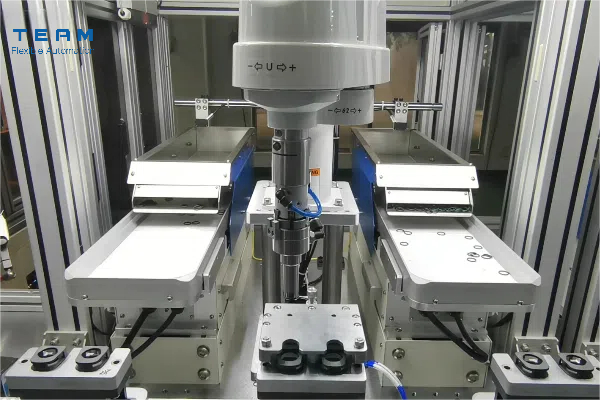
2. Advantages of Flexible O-Ring Feeding Systems
1) Reduced Human Error
Traditional manual feeding processes are prone to inaccuracies, damage, and inconsistency due to operator skill variations. Flexible feeding systems eliminate these issues by automating the feeding parameters and movements with intelligent control, ensuring precise and error-free feeding. This minimizes defects caused by human error and enhances product quality.
2) Improve Product Stability
With robotic arms handling the feeding process, the direction and force applied are consistently controlled. This ensures each O-ring is securely and precisely placed, preventing deformation or damage caused by stacking or misalignment. As a result, product quality and stability are improved, significantly reducing defect rates.
3) Enhance Production Line Flexibility
Flexible feeding systems offer high adaptability and flexibility, allowing adjustments based on the characteristics of different O-rings. By modifying tools or grippers, the system can accommodate various O-ring sizes and materials. This versatility enables production lines to adapt quickly to changing market demands, improving responsiveness and efficiency.
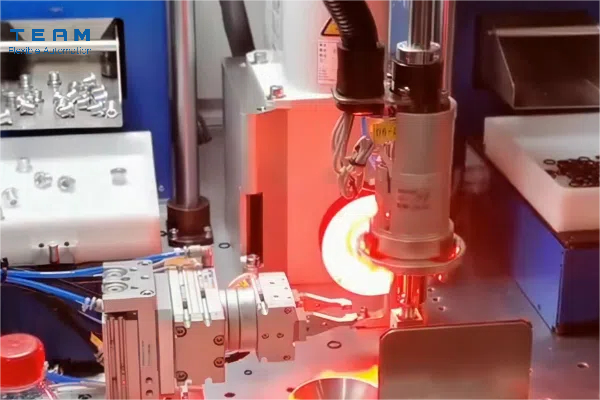
3. Challenges in Automating O-Ring Feeding
Despite the advantages, automating O-ring feeding presents challenges, especially when dealing with lubricated O-rings.
Manual Feeding Limitations: Manual feeding cannot guarantee a dust-free environment. Any contamination can compromise the O-ring's quality.
Limitations of Traditional Bowl Feeders: Traditional bowl feeders struggle when O-rings are excessively lubricated, causing them to stick together and resist separation.
Currently, these issues lack a perfect solution. However, minimizing O-ring lubrication levels and adhering strictly to operational standards during feeding can help mitigate the challenges associated with lubricated O-rings.
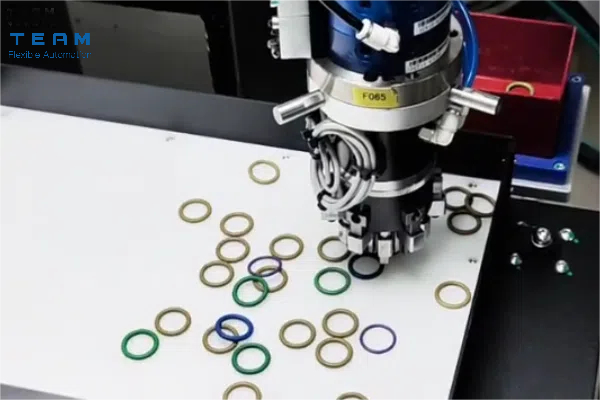
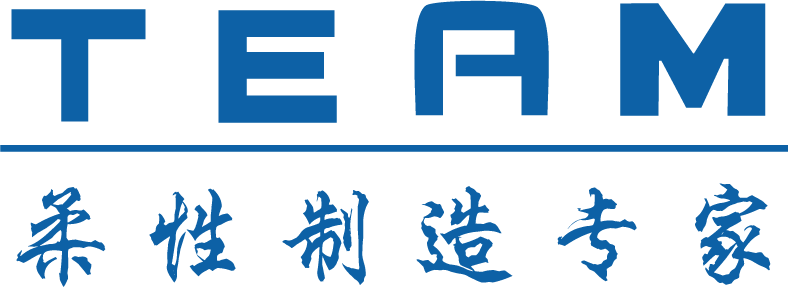

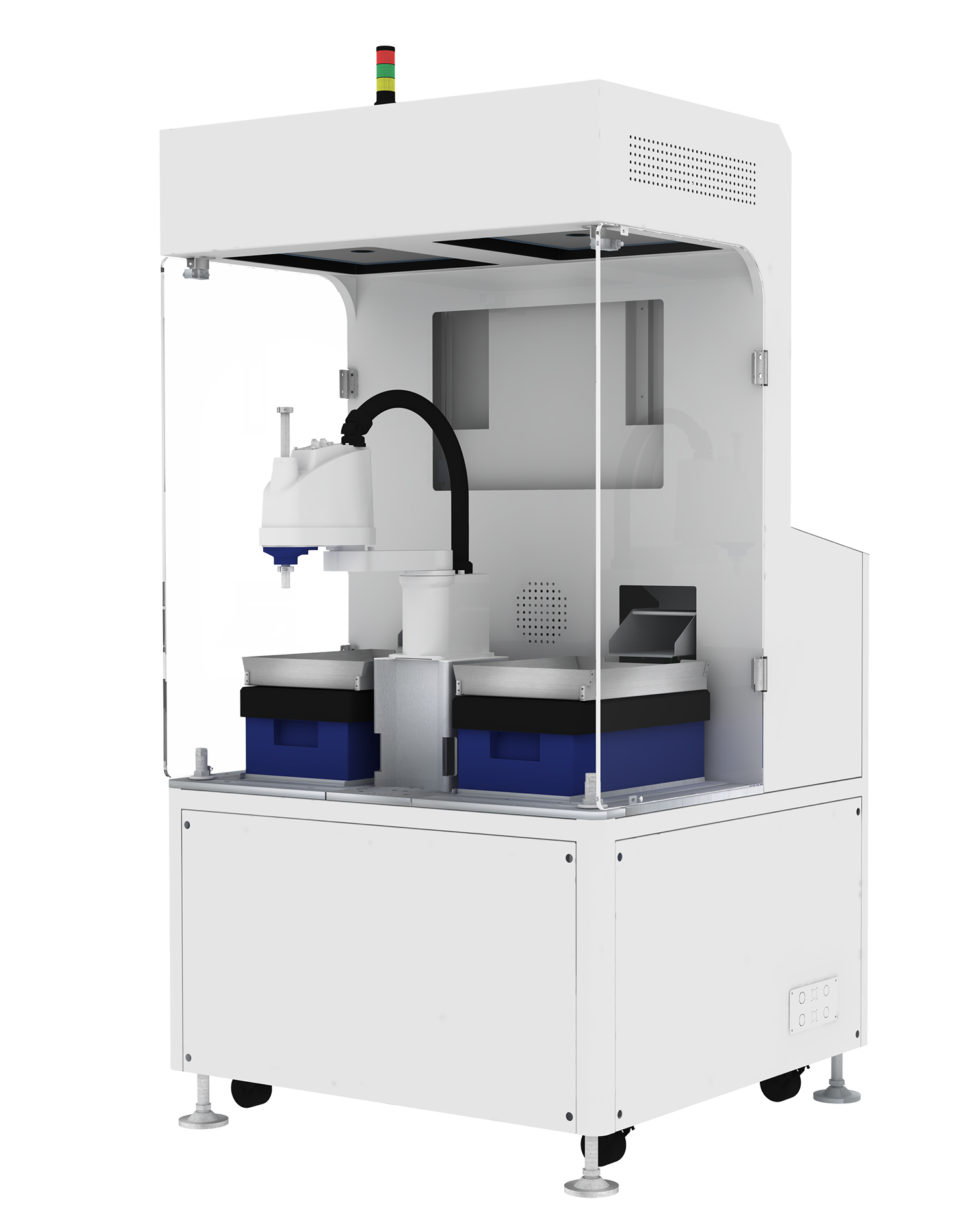
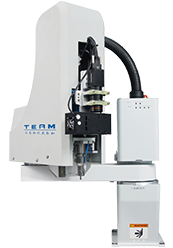
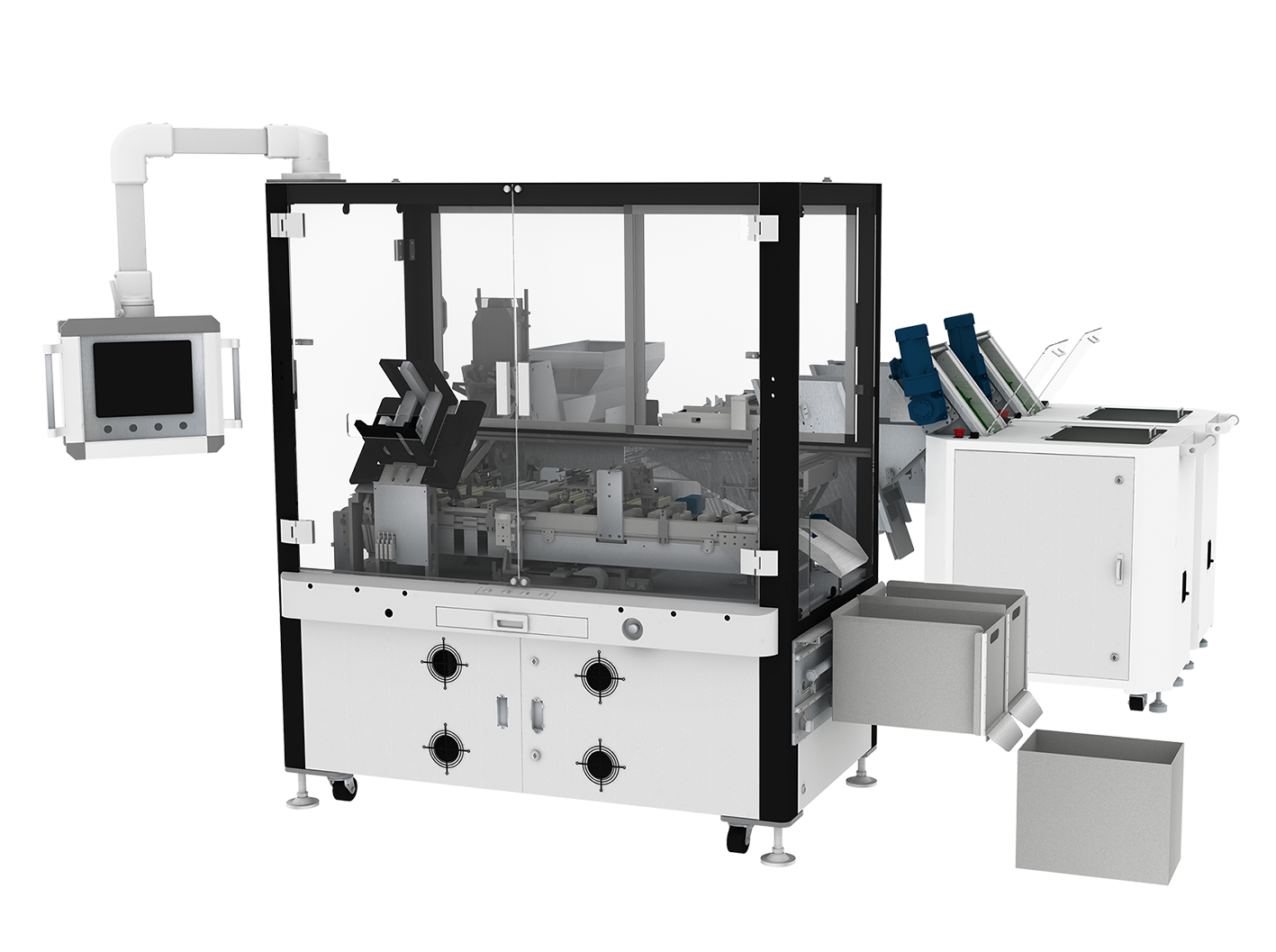







 Home
Home Products
Products Telephone
Telephone Message
Message



